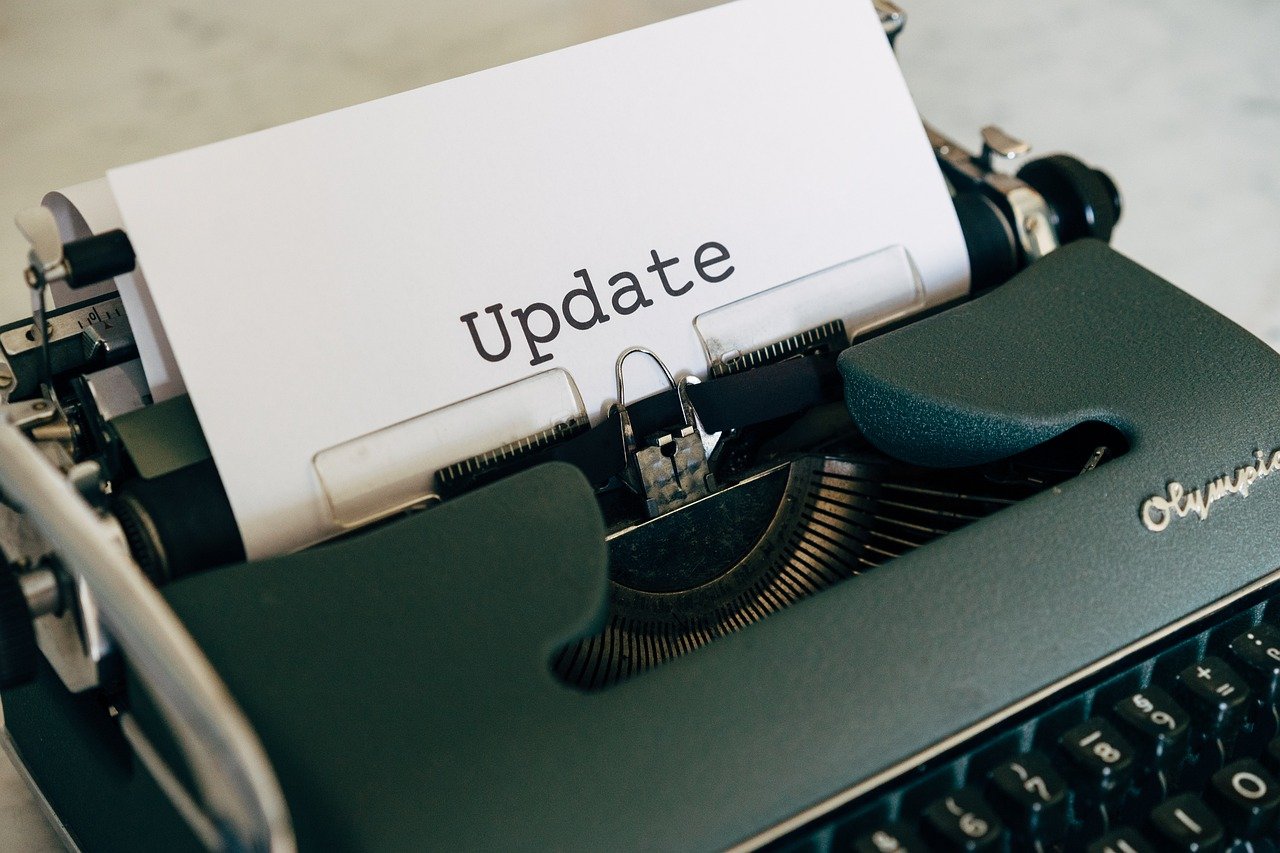Whatever your feelings are about Donald Trump as a candidate, the pollster Tony Fabrizio, a top adviser for all of Mr. Trump’s presidential campaigns, knows his business. He saw a path to a Trump victory over Hillary Clinton in 2016 that others didn’t. Campaigns often leak polling memos to drive a preferred narrative, so it’s sensible to take such memos with a grain of salt, but when Mr. Fabrizio puts one out, I take it seriously.
So when he warned last week of a “Harris Honeymoon” as Democrats were rallying around the vice president, I knew it was only a matter of time before the public polls would show what the Trump campaign was likely seeing privately. Two days later, there it was: the New York Times/Siena College poll showed the race narrowing to just a one-point Trump advantage nationally over Vice President Kamala Harris among likely voters, a major shift from a prior Times/Siena poll which had shown Mr. Trump ahead of President Biden by six points.
This is, to use the parlance of our time, a vibe shift. It’s hard for me to overstate the euphoria Republican activists were feeling about the election coming out of their convention in Milwaukee. And, indeed, before the shake-up atop the Democratic ticket, most voters said that they thought Mr. Trump would win November, according to a July poll by Echelon Insights, where I am a founding partner. Now, with around $200 million raised for Ms. Harris in the course of a week, it wouldn’t be surprising to see a somewhat different result if you asked voters that question again.
There are two things giving Ms. Harris a lift in the short term: unity and energy.
The first is the party unity she enjoys by virtue of being the presumptive nominee without having had to endure a bruising Democratic primary battle. I’ve described this as the equivalent of a video game cheat code that lets you skip past some difficult but tedious early levels on the way to directly fighting the big bad boss at the end of the game. Harris didn’t have to spend the last year getting pummeled by, or trying to pummel, Democratic presidential rivals, almost certainly including some of the very Democrats who are now under consideration to be her vice-presidential nominee. While some of the out-of-the-mainstream views she espoused during her unsuccessful 2020 presidential run will no doubt follow her in this election, Ms. Harris benefits greatly from not yet having had to renavigate several issues that divide the Democratic Party these days, including border security, crime and policing, and the war in Gaza.
The second thing Ms. Harris gets is a Democratic voter coalition reset back to Obama-era factory settings. Democrats haven’t always done better with younger voters, but starting with the 2008 cycle, Democrats really began running up the numbers in that group. Advantages among voters of color grew substantially as well, triggering Republican panic. The Trump-Biden rematch, however, had seen a reduction in polarization along generational and racial lines, with Mr. Trump narrowing Mr. Biden’s margins among groups like Black men and Generation Z. With Mr. Biden out and Ms. Harris in, early evidence suggests some reversion to the before-times; according to last week’s accounts of the Times/Siena poll, Ms. Harris is “faring better among groups that Mr. Biden had been the weakest in, especially younger voters and nonwhite voters.”
America is a pretty evenly divided country. We are fairly split down the middle in terms of partisan identification. We’re also deeply polarized, with few people breaking from their own side to express support for a candidate of another party. I believe Mr. Biden’s age and apparent decline functioned like a black hole that bends light around it, warping our view of the evenly divided electorate. Now, with that distorting force removed, we’re back to the very close race we could have and should have expected all along.
Thank you for your patience while we verify access. If you are in Reader mode please exit and log into your Times account, or subscribe for all of The Times.
Thank you for your patience while we verify access.
Already a subscriber? Log in.
Want all of The Times? Subscribe.

